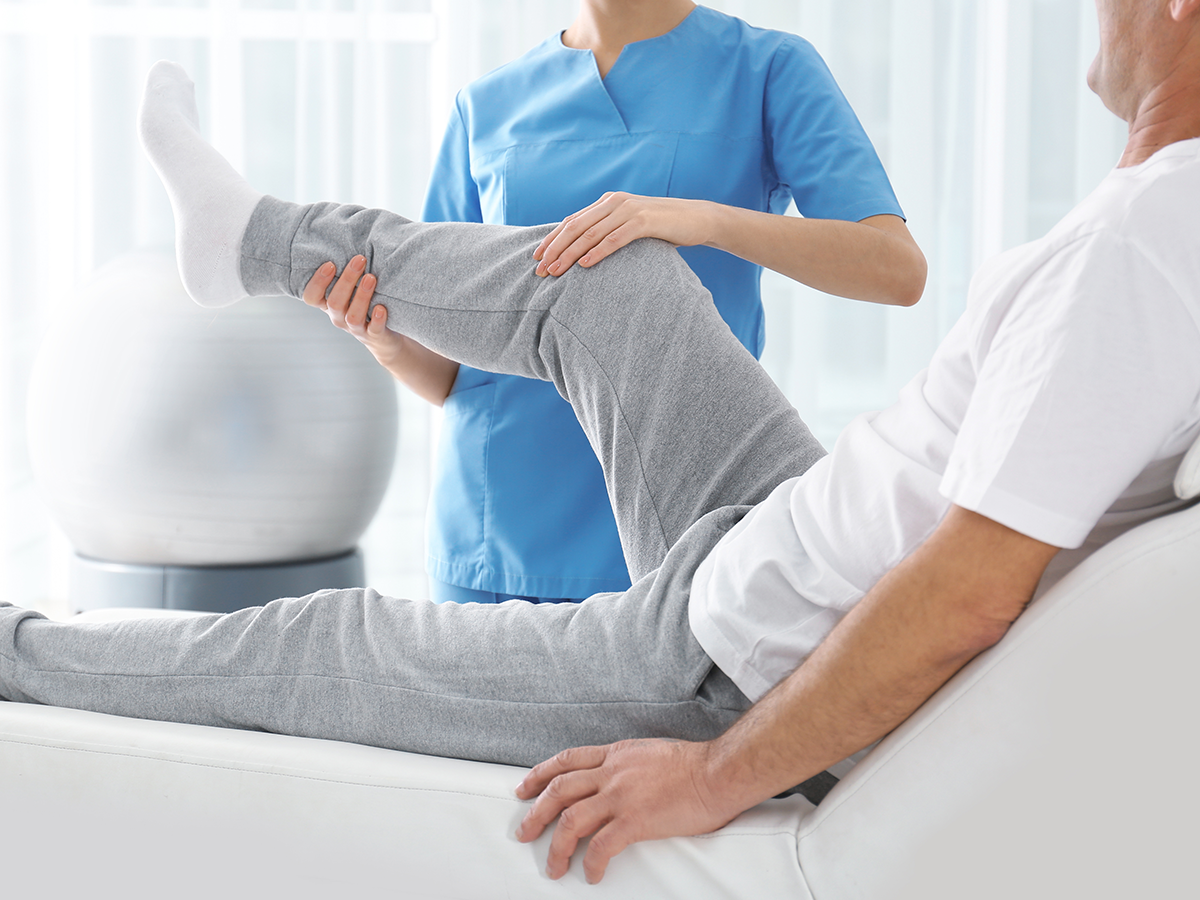Here's How Physical Therapy Helps You Recover More Quickly and Completely
 If you've recently had surgery, you're probably willing to do almost anything to recover as quickly as possible so you can get back to doing the things you love to do. That's why you should follow any instructions given to you by your surgeon, nurses or the hospital staff. You may be instructed to rest, take certain medications or do specific activities to regain your strength, stamina and mobility.
If you've recently had surgery, you're probably willing to do almost anything to recover as quickly as possible so you can get back to doing the things you love to do. That's why you should follow any instructions given to you by your surgeon, nurses or the hospital staff. You may be instructed to rest, take certain medications or do specific activities to regain your strength, stamina and mobility.
It's also a good idea to do physical therapy because it's an effective tool in helping people recover from surgery. You may begin physical therapy while you're still in the hospital or it may be recommended that you start once you're home. Physical therapy isn't only for people who have orthopedic surgery, like a hip or knee replacement. It can help people heal from almost any type of surgery. Here's why:
- It helps improve strength, mobility and flexibility. After you have surgery, you'll likely experience a reduction in strength, mobility and flexibility. This not only occurs in the area affected by the surgery, but throughout your entire body due to inactivity. Physical therapists are trained to help you regain your strength and mobility in ways that won't jeopardize your health so you can get back to feeling like yourself again.
- It helps ease pain and inflammation. Physical movement helps reduce the swelling, inflammation, stiffness and pain that often occurs following surgery. Although some people are concerned that physical therapy will cause more pain, typically the opposite is true. By reducing inflammation and restoring joint and muscle function, pain is often reduced. In fact, doing physical therapy may even make it less likely you'll need to take pain medication.
- It promotes healing. By increasing blood flow to the surgical area, physical therapy helps promote healing. Blood carries oxygen and nutrients through the body, so improving circulation helps reduce inflammation and aids recovery.
- It reduces scar tissue. After surgery, you may develop a scar on your skin where any incision is made. But it's the scar tissue that forms internally that can reduce mobility and function and become painful. Physical therapy helps prevent the formation of scar tissue and softens scar tissue that forms, improving flexibility and reducing pain.
- It lowers the chance of complications. Moving your body instead of lying in bed or sitting on the couch all day lowers the chance that you'll experience a complication after surgery, such as a blood clot or infection. Movement keeps your blood flowing and also reduces lung or heart-related issues.
When you begin physical therapy, a licensed professional will customize a program that specifically meets your needs and takes into account any health issues or limitations you may have. It may seem scary to start exercising after surgery, but your rehabilitation will begin slowly and will progress as you are ready. In addition to supervised exercises, you may receive other forms of therapy and will likely be given instructions for activities to do at home. By following the advice of a physical therapist, it can set you on a path to a quicker and more complete recovery.
Copyright 2022 © Baldwin Publishing, Inc. All rights reserved. Health eCooking® is a registered trademark of Baldwin Publishing, Inc. Cook eKitchen™ is a designated trademark of Baldwin Publishing, Inc. Any duplication or distribution of the information contained herein without the express approval of Baldwin Publishing, Inc. is strictly prohibited.
Date Last Reviewed: August 12, 2022
Editorial Review: Andrea Cohen, Editorial Director, Baldwin Publishing, Inc. Contact Editor
Medical Review: Andrew Overman, DPT, MS, COMT, CSCS
Learn more about Baldwin Publishing Inc. editorial policy, privacy policy, ADA compliance and sponsorship policy.
No information provided by Baldwin Publishing, Inc. in any article is a substitute for medical advice or treatment for any medical condition. Baldwin Publishing, Inc. strongly suggests that you use this information in consultation with your doctor or other health professional. Use or viewing of any Baldwin Publishing, Inc. article signifies your understanding and agreement to the disclaimer and acceptance of these terms of use.
